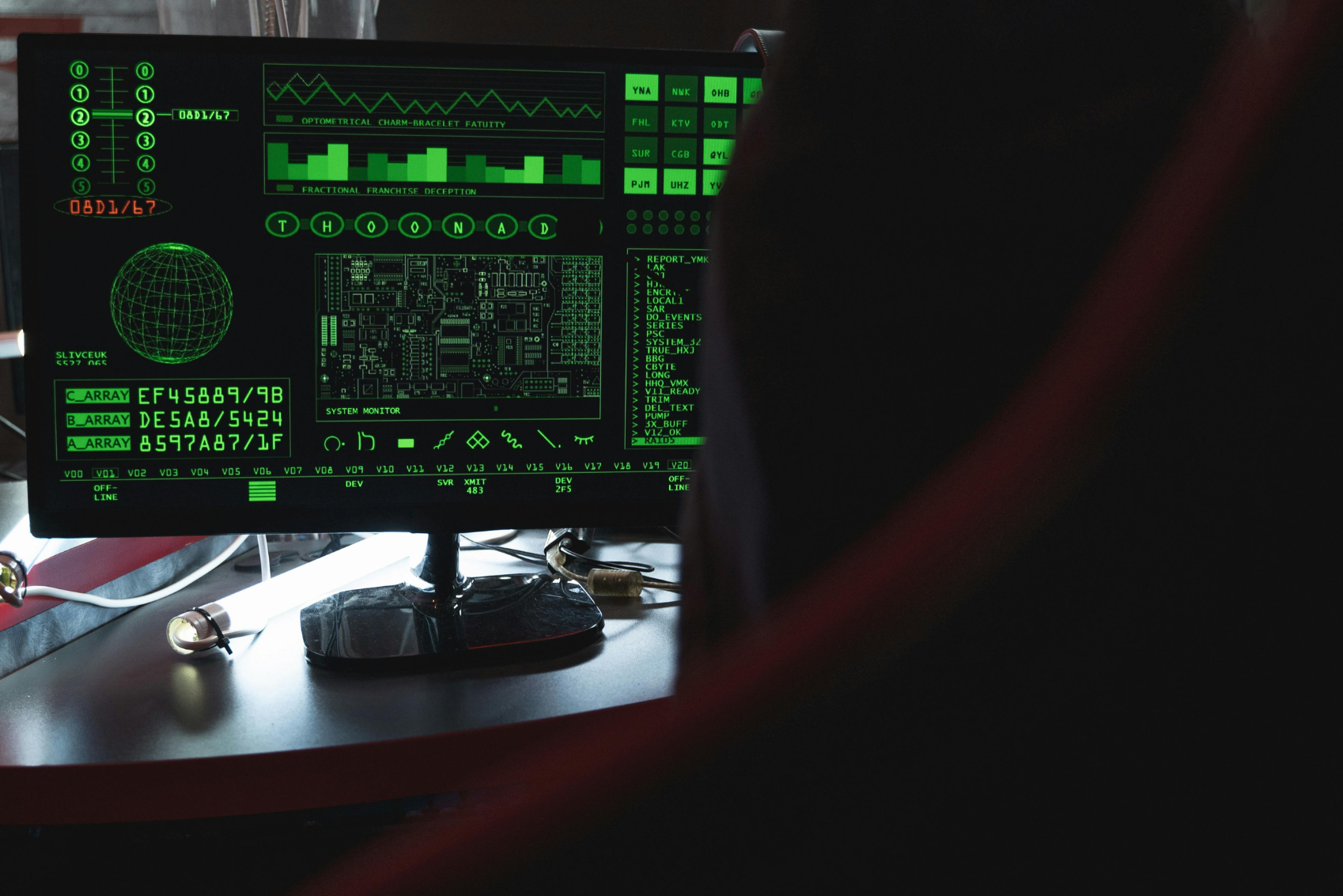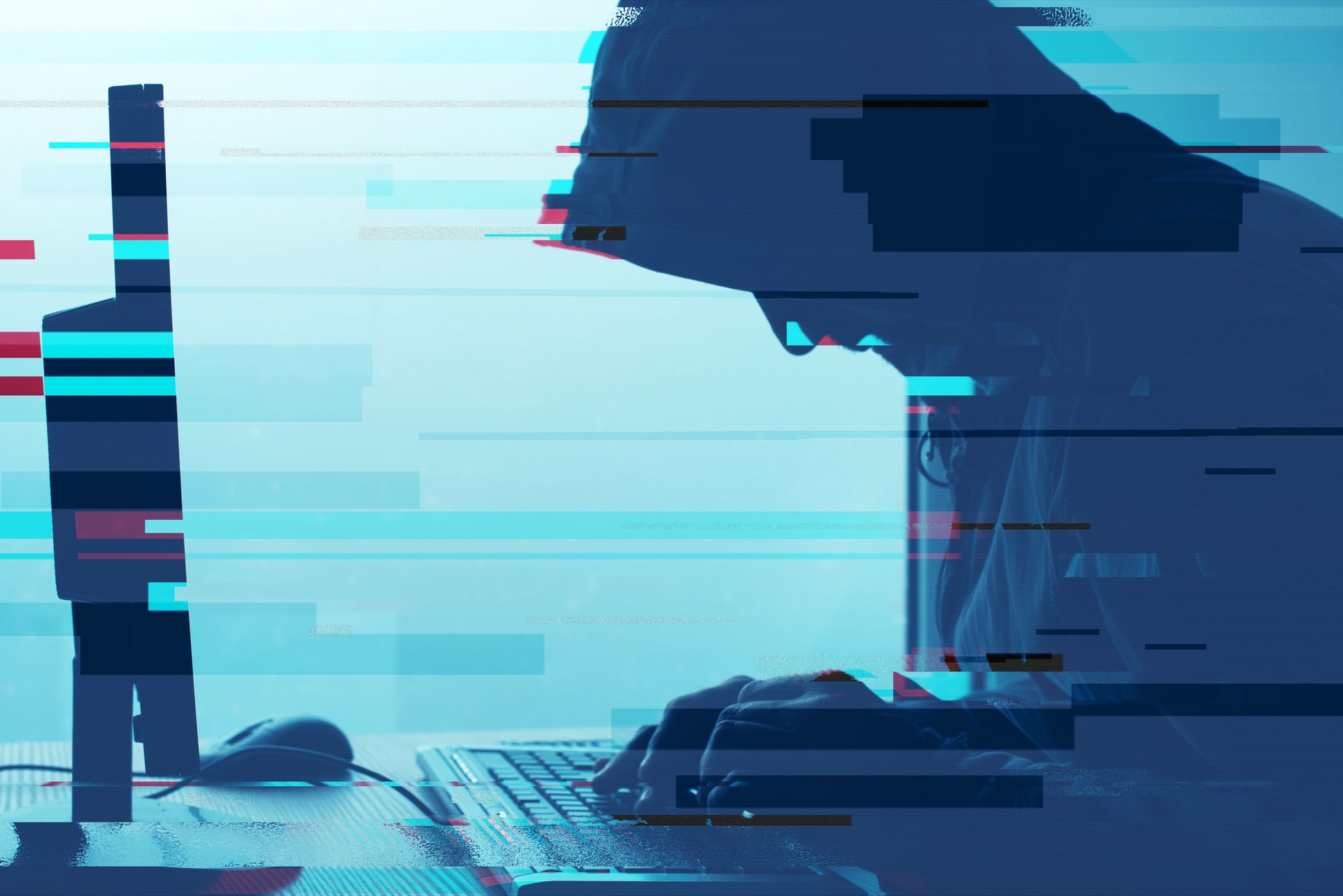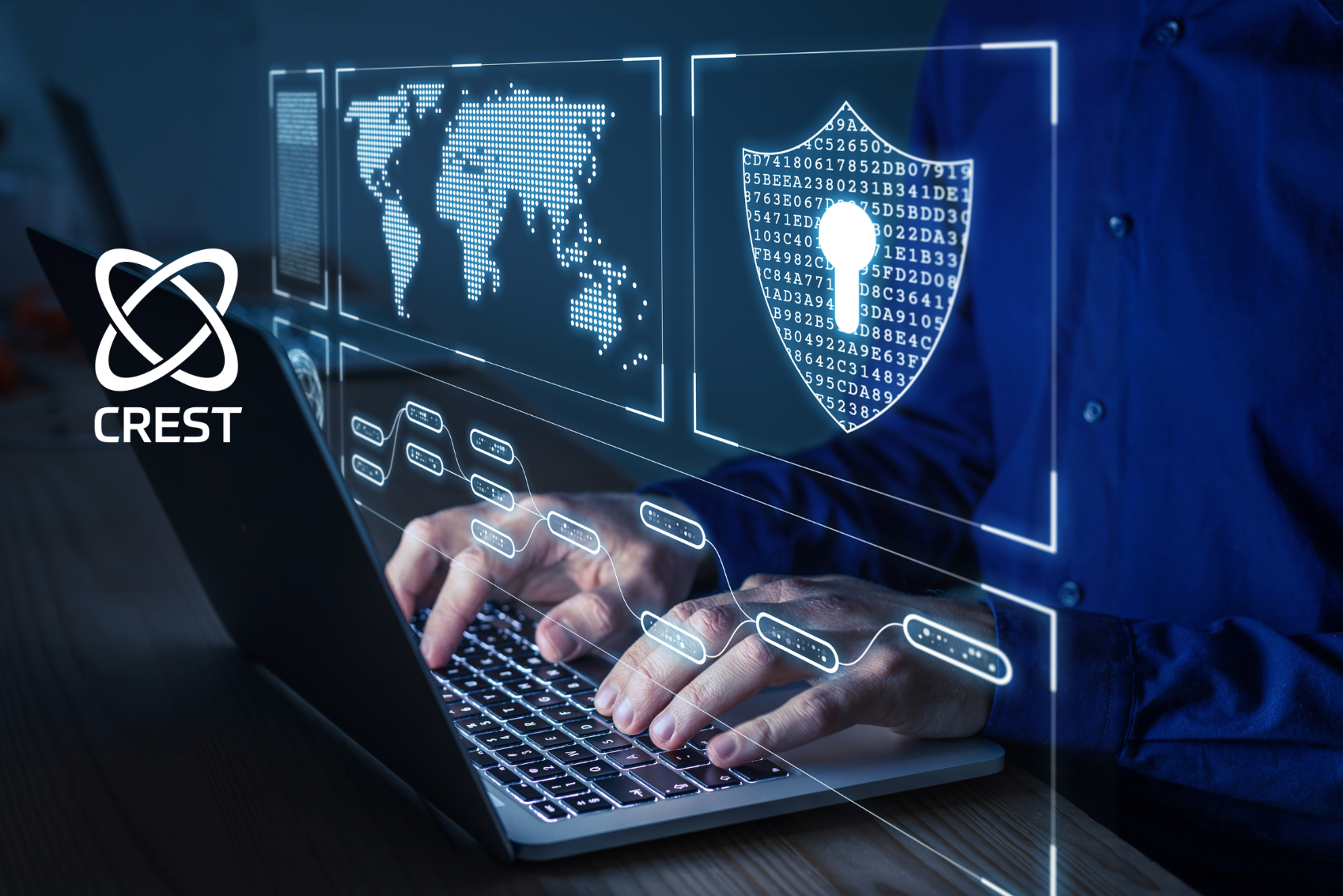With the rise of mobile cyber threats, there has never been a more important time within cyber security to better protect your mobile devices. As a global Managed Services Security Provider (MSSP), Safetech Innovations Global Services is committed to helping organisations protect themselves against mobile threats with our leading Mobile Forensics and Threat Analysis solution. In this blog post, we will explore the fundamental concepts of Mobile Forensics and Threat Analysis techniques.
What is Mobile Forensic Analysis?
Mobile forensic analysis refers to the practice of extracting data from a mobile device, like a smartphone or tablet, in a forensically sound manner. This means that the data must be extracted and analysed in a way that preserves its integrity and maintains a verifiable chain of custody. Mobile forensic analysis can be divided into three categories: physical, logical, and file system.
What Are The Main Categories of Mobile Forensics?
Physical forensics involves extracting information directly from the internal memory chips of a mobile device, often using specialised hardware. This approach gives the forensic investigator access to the device’s entire memory, including deleted data.
Logical forensic analysis is the process of extracting only the active and accessible data directly from a mobile device. This includes data like contacts, call logs, SMS messages, and emails, among others. File system forensics involves extracting data from the file system of a mobile device, including files that have been deleted or otherwise inaccessible through normal means.
What is the Biggest Threat in Mobile Forensics?
The biggest threat in mobile forensics is the potential for sensitive data to fall into the wrong hands. Malicious actors can use the information they gain from an improperly secured mobile device to launch targeted attacks or sell your sensitive information on the dark web. This can be especially damaging for organisations that handle sensitive data, such as financial or healthcare institutions.
What is the Difference Between Mobile Forensics and Digital Forensics?
Mobile forensics is a subset of digital forensics that specifically deals with mobile devices. Digital forensics, on the other hand, is a broader field that includes all types of digital devices, including computers, mobile devices, and more.
What are the 4 Types of Forensic Analysis?
In addition to the categories of mobile forensic analysis mentioned earlier, there are four types of forensic analysis that forensic investigators can use. These are verification, identification, acquisition, and analysis. Verification involves testing the accuracy and reliability of the forensic method used. Identification involves the discovery and identification of digital evidence. The acquisition involves the extraction of digital evidence. And finally, analysis involves the evaluation and interpretation of digital evidence.
What is an Example of Mobile Forensics?
Mobile forensics is used in many different situations, from law enforcement investigations to corporate security breaches. One example of how mobile forensics can be used is in the case of a lost or stolen mobile device. Forensic investigators can use the techniques of mobile forensic analysis to track the device, extract any information stored on it, and locate the individual who possesses it.
Summary
As mobile devices become more prevalent, the importance of mobile forensics and threat analysis has increased. The ability to extract and analyse digital evidence from mobile devices in a forensically accurate manner is essential for cybercrime investigations and threat intelligence gathering. At Safetech Innovations Global Services, we are committed to providing our clients with the latest techniques and tools for mobile forensics and threat analysis, ensuring that they stay one step ahead of cybercriminals.
Mobile Forensics and Threat Analysis, when done correctly, can help contain and prevent information leaks and other cybersecurity threats on your organisation’s mobile devices.
To learn more about Mobile Forensics and Threat Analysis, visit our Mobile Forensics and Threat Analysis page or get in touch with us today:
[email protected]
|
+44 (0) 20396 22112


















